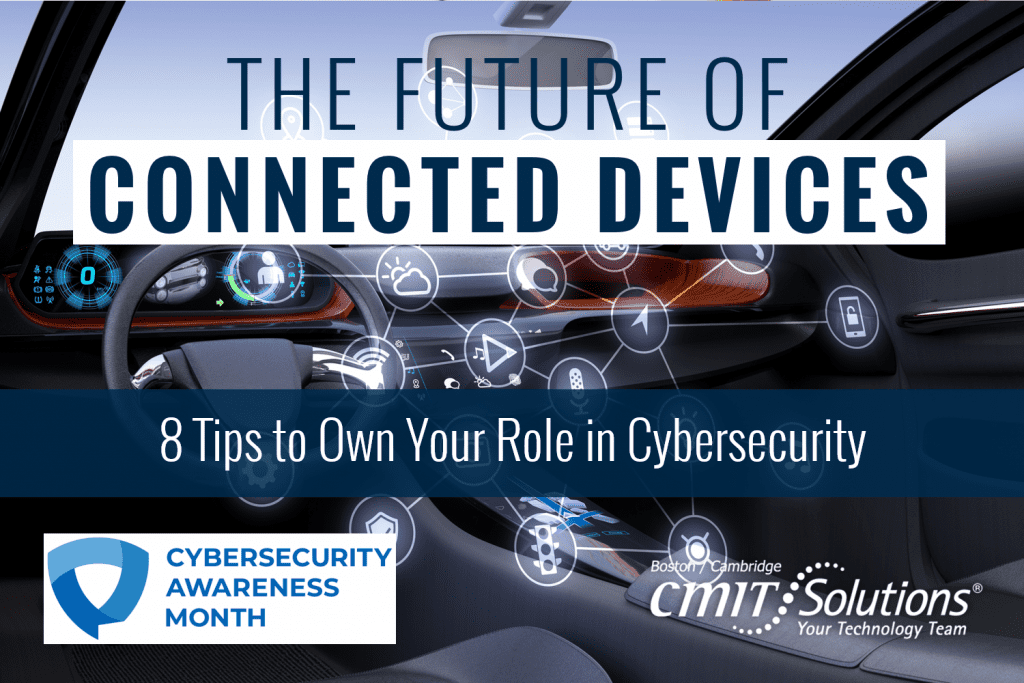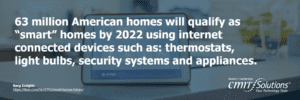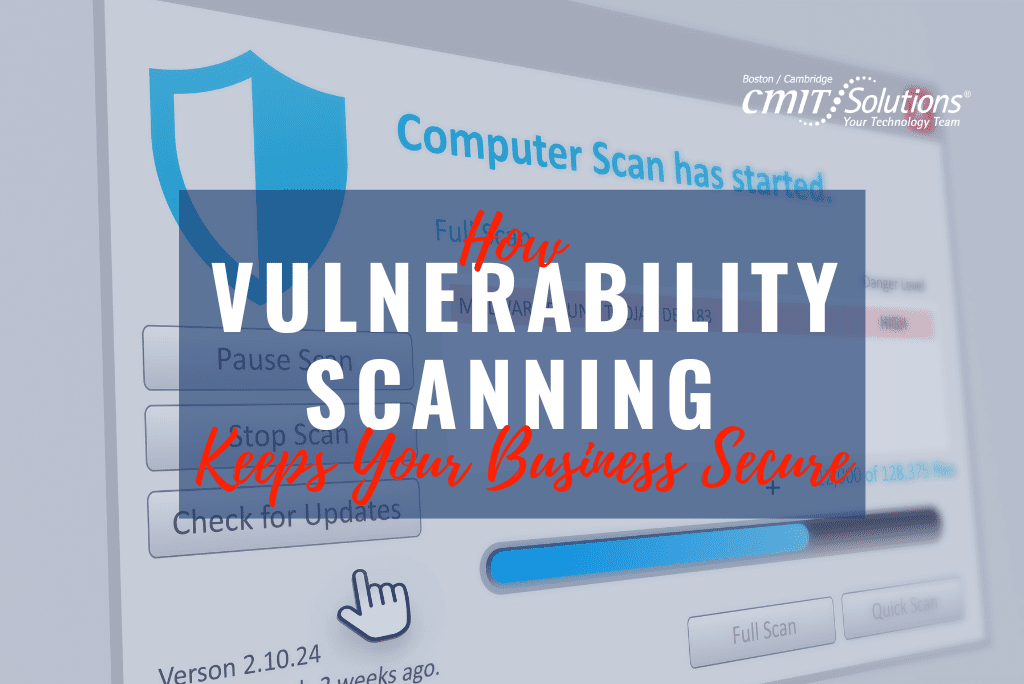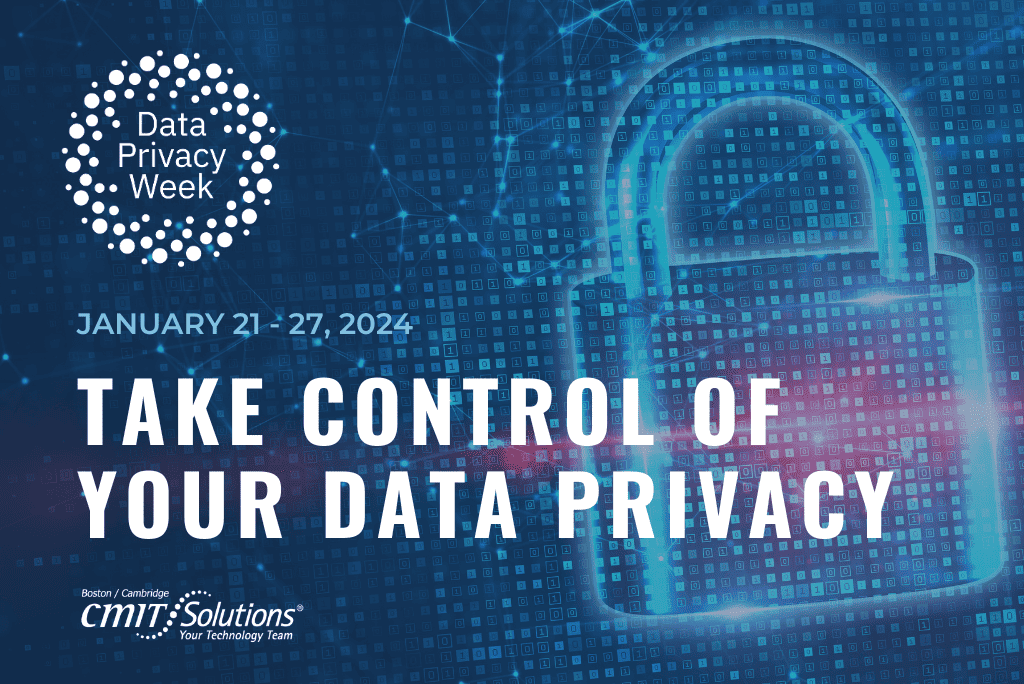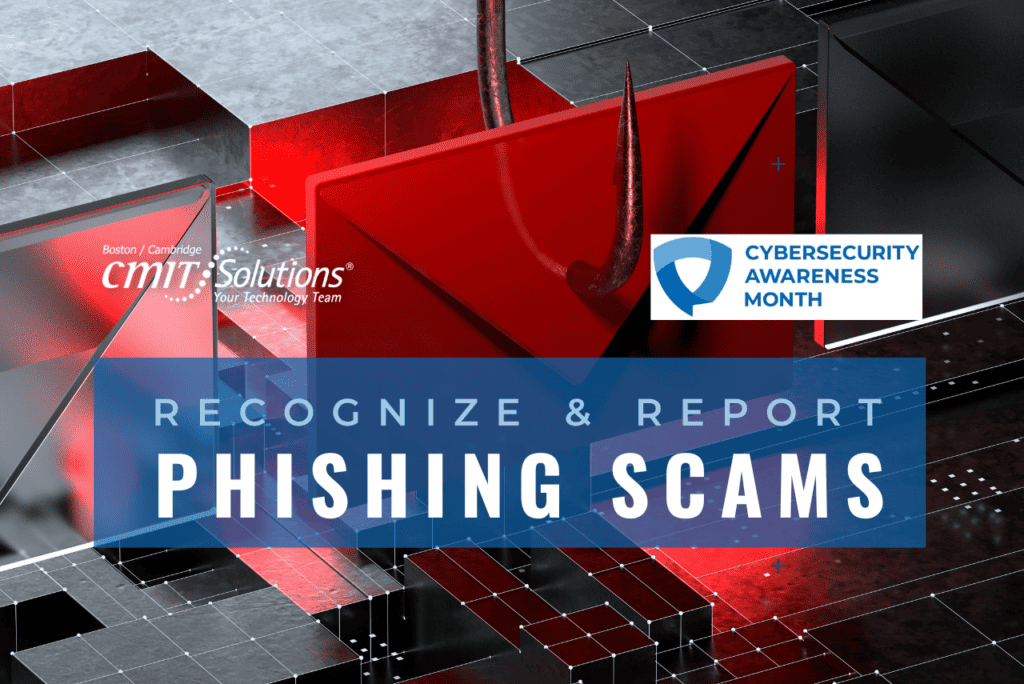The Future of Connected Devices
The final week of Cybersecurity Awareness Month looks at the future of connected devices. Technological innovations, such as 5G, are rapidly changing our world. The 5G wifi network arrived faster than we ever anticipated and is currently available in some US cities. While the underdeveloped network does not yet live up to its hype, experts forecast 45 percent of the world will have access to 5G coverage by the end of 2024. Once that digital revolution arrives 5G will instantaneously enhance the connections of all devices connected to it.
However, the 5G benefits of faster connection speeds and data transmission also means larger scale cyber-attacks for hackers. Businesses and consumers need to be prepared about what they connect and how they use their devices. Adopting a cybersecurity culture today will help to combat the cyber threats of tomorrow.
8 Tips to Own Your Role in Cybersecurity
Every individual should own their role in protecting their information and securing their systems and devices. There are many steps individuals can take to enhance their cybersecurity without requiring a significant investment or the help of an information security professional. Below, NCSA highlights eight tips you can put into action now:
LOCK DOWN YOUR LOGIN
Make a long, unique passphrase. Length trumps complexity. A strong passphrase is a sentence that is at least 12 characters long. Focus on positive sentences or phrases that you like to think about and are easy to remember. Use 2-factor authentication or multi-factor authentication (like biometrics, security keys or a unique, one-time code through an app on your mobile device) whenever offered.
WHEN IN DOUBT, THROW IT OUT
Links in email, tweets, texts, posts, social media messages and online advertising are the easiest way for cyber criminals to get your sensitive information. Be wary of clicking on links or downloading anything that comes from a stranger or that you were not expecting. Essentially, just don’t trust links.
KEEP A CLEAN MACHINE
Keep all software on internet connected devices – including personal computers, smartphones and tablets – current to reduce risk of infection from ransomware and malware. Configure your devices to automatically update or to notify you when an update is available.
BACK IT UP
Protect your valuable work, music, photos and other digital information by making an electronic copy and storing it safely. If you have a copy of your data and your device falls victim to ransomware or other cyber threats, you will be able to restore the data from a backup. Use the 3-2- 1 rule as a guide to backing up your data. The rule is: keep at least three (3) copies of your data, and store two (2) backup copies on different storage media, with one (1) of them located offsite.
OWN YOUR ONLINE PRESENCE
Every time you sign up for a new account, download a new app, or get a new device, immediately configure the privacy and security settings to your comfort level for information sharing. Regularly check these settings (at least once a year) to make sure they are still configured to your comfort.
SHARE WITH CARE
Think before posting about yourself and others online. Consider what a post reveals, who might see it and how it might affect you or others. Consider creating an alternate persona that you use for online profiles to limit how much of your own personal information you share.
GET SAVVY ABOUT WIFI HOTSPOTS
Public wireless networks and hotspots are not secure, which means that anyone could potentially see what you are doing on your laptop or smartphone while you are connected to them. Limit what you do on public WiFi, and avoid logging in to key accounts like email and financial services. Consider using a virtual private network (VPN) or a personal/mobile hotspot if you need a more secure connection.
Do Your Part. #BeCyberSmart
In this decade we will continue seeing tremendous growth of our digital lives. As technologies evolve, so will the behaviors and tactics of cyber criminals. Whether it’s a smart phone, smart home, smart appliance, smart car, or the smart city you live in, every user needs to be empowered to do their part.
Take the time to read through our previous blogs to get the facts about cybersecurity and be aware of the trends to watch out for in 2020. Staying safe online requires knowing what the risks are and how to best defend yourself and your organization from these risks. Understanding how the hackers think and act, is a starting point for defending yourself from them and ensuring the security and privacy of your data and your company’s data.
Written by: Chris Zambuto | Chief Information Security Officer @CMITBostonCambridge

